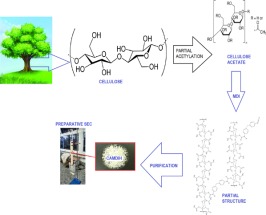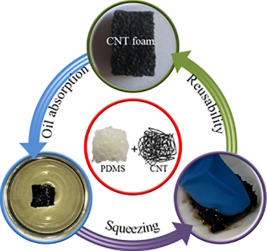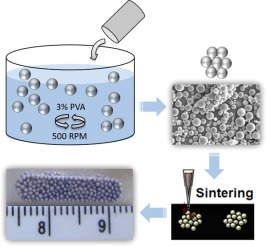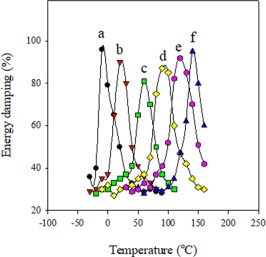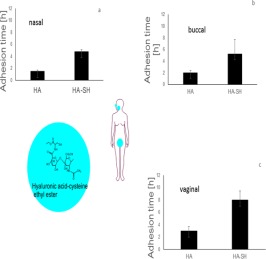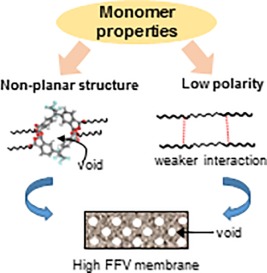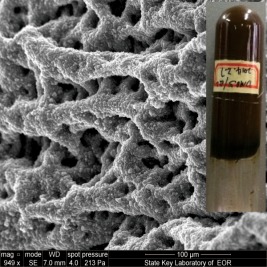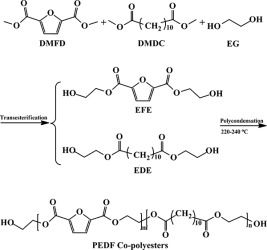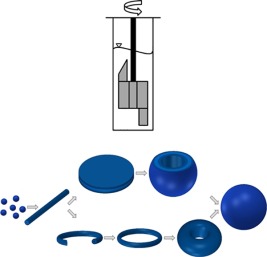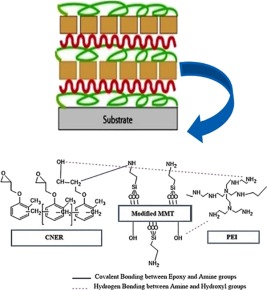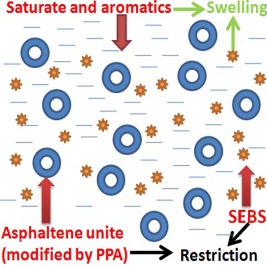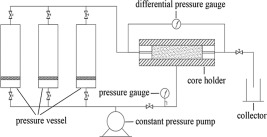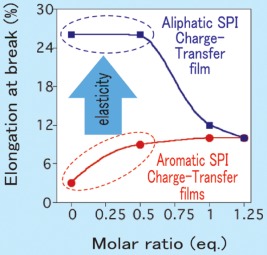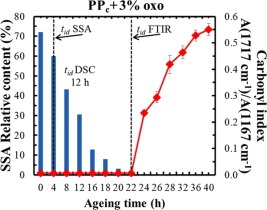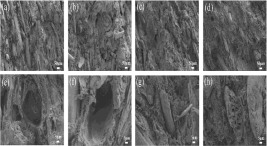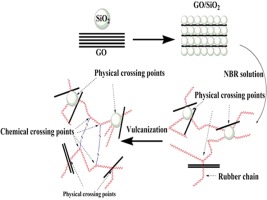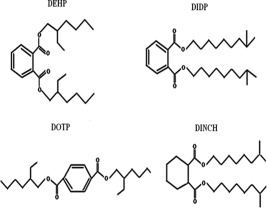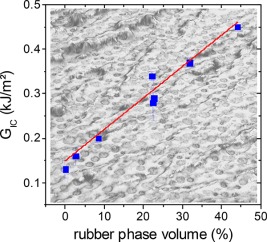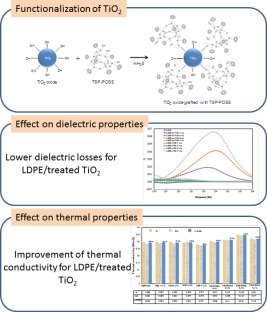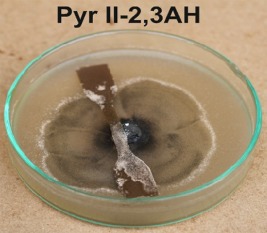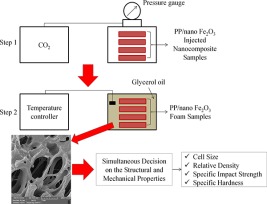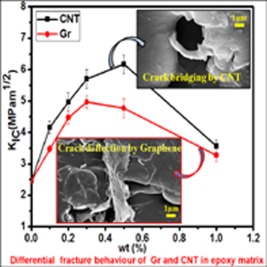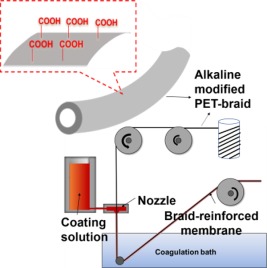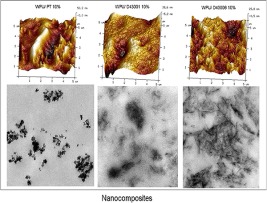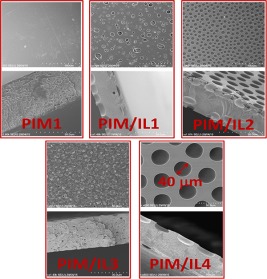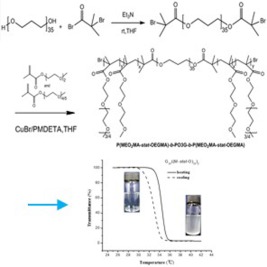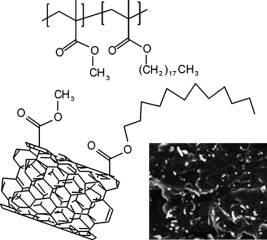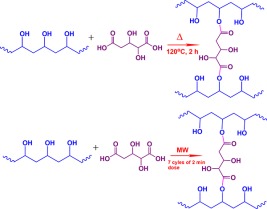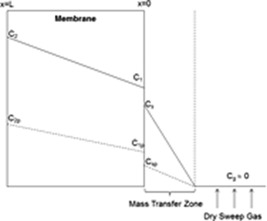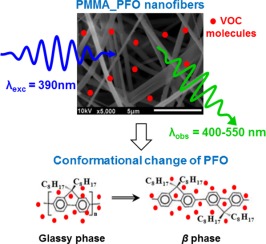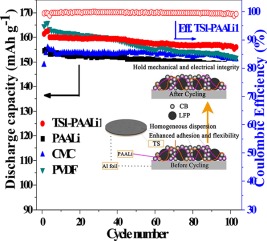Journal list menu
Export Citations
Download PDFs
Cover Image
Cover Image, Volume 135, Issue 14
- First Published: 28 December 2017
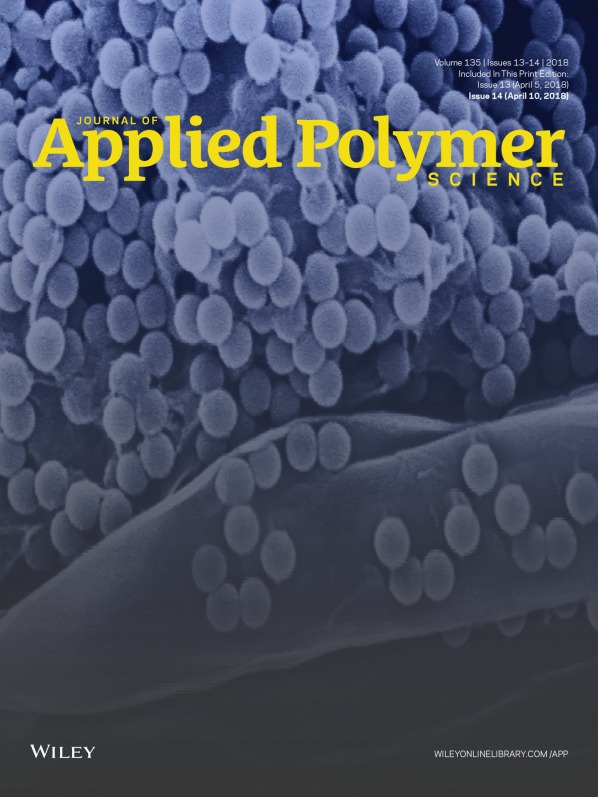
Hybridized nanoparticle strategy for graphene oxide based materials can effectively improve the mechanical property of their nanocomposites. Silica nanoparticles have a spherulite-like morphology, which can absorb on the surface of graphene oxide (layered morphology) under suspension solution system. In this study by Masoud Jamshidi and colleagues, the Ruoff phenomenon indicates that nanoparticles with different dimensions can improve dispersion of each other in polymers and enables the graphene oxide to disperse in nitrile rubber, thus improving the mechanical property and rubber elasticity. (DOI: 10.1002/app.46091).
Issue Information
Articles
Comparing laser diffraction and optical microscopy for characterizing superabsorbent polymer particle morphology, size, and swelling capacity
- First Published: 14 December 2017
A new thermoset for separation of polystyrene and naphthalene in preparative chromatography
- First Published: 03 December 2017
Synthesis of reusable silicone foam containing carbon nanotubes for oil spill remediation
- First Published: 28 November 2017
Biodegradable polymeric injectable implants for long-term delivery of contraceptive drugs
- First Published: 29 November 2017
Properties of polythiourethanes prepared by thiol–isocyanate click reaction
- First Published: 08 December 2017
Comparative mucoadhesive study of hyaluronic acid-based conjugates on different mucosae
- First Published: 05 December 2017
Stability and spinnability of modified melamine–formaldehyde resin solution for centrifugal spinning
- First Published: 08 December 2017
Monomer atomic configuration as key feature in governing the gas transport behaviors of polyimide membrane
- First Published: 07 December 2017
Mechanical performance of tubular composites reinforced by innovative 3D integrated knitted spacer fabrics
- First Published: 11 December 2017
Research of phenolic crosslinker gel for profile control and oil displacement in high temperature and high salinity reservoirs
- First Published: 05 December 2017
Fully bio-based polyesters derived from 2,5-furandicarboxylic acid (2,5-FDCA) and dodecanedioic acid (DDCA): From semicrystalline thermoplastic to amorphous elastomer
- First Published: 29 November 2017
Polymersome formation mechanism and formation rate in stirred-tank reactors
- First Published: 29 November 2017
Layer-by-layer fabrication of nacre inspired epoxy/MMT multilayered composites
- First Published: 03 December 2017
Enhanced oil recovery from high-salinity reservoirs by cationic gemini surfactants
- First Published: 07 December 2017
Aliphatic SPI charge-transfer complex hybrid films for high temperature polymer electrolyte membrane fuel cells
- First Published: 11 December 2017
Thermal and UV degradation of polypropylene with pro-oxidant. Abiotic characterization
- First Published: 07 December 2017
The enhancement performances of cotton stalk fiber/PVC composites by sequential two steps modification
- First Published: 06 December 2017
Reinforcement of the mechanical properties in nitrile rubber by adding graphene oxide/silicon dioxide hybrid nanoparticles
- First Published: 11 December 2017
Assessment of degradation of plasticized poly(vinyl chloride) films through polyene formation under isothermal conditions
- First Published: 14 December 2017
Laser confocal microscopical characterization of toughened epoxy resins: Correlations between structural features and mechanical properties
- First Published: 12 December 2017
Effect of POSS-grafted titanium dioxide on the electrical and thermal properties of LDPE/TiO2 polymer nanocomposite
- First Published: 05 December 2017
Biodegradation of pyridine-based polyether polyurethanes by the Alternaria tenuissima fungus
- First Published: 05 December 2017
Simultaneous decision analysis on the structural and mechanical properties of polymeric microcellular nanocomposites foamed using CO2
- First Published: 08 December 2017
Effect of titanium dioxide on the UV-C ageing behavior of silicone rubber
- First Published: 11 December 2017
Effect of graphene and CNT reinforcement on mechanical and thermomechanical behavior of epoxy—A comparative study
- First Published: 14 December 2017
Improving bonding strength between a hydrophilic coating layer and poly(ethylene terephthalate) braid for preparing mechanically stable braid-reinforced hollow fiber membranes
- First Published: 14 December 2017
Analyzing the influence of different synthetic talcs in waterborne polyurethane nanocomposites obtainment
- First Published: 15 December 2017
Ionic liquid mediated surface micropatterning of polymer blends
- First Published: 14 December 2017
A novel thermosensitive triblock copolymer from 100% renewably sourced poly(trimethylene ether) glycol
- First Published: 08 December 2017
Influence of chemical functionalization of carbon nanotubes on their dispersibility in alkyl methacrylate polymer matrix
- First Published: 11 December 2017
Influence of crosslinking methods toward poly(vinyl alcohol) properties: Microwave irradiation and conventional heating
- First Published: 15 December 2017
The effect of mass transfer resistance and nonuniform initial solvent concentration on permeation through polymer membranes
- First Published: 18 December 2017
Optical sensor based on fluorescent PMMA/PFO electrospun nanofibers for monitoring volatile organic compounds
- First Published: 18 December 2017
Water-soluble binder PAALi with terpene resin emulsion as tackifier for LiFePO4 cathode
- First Published: 12 December 2017
Tunability of polycaprolactone hydrophilicity by carboxymethyl cellulose loading
- First Published: 12 December 2017
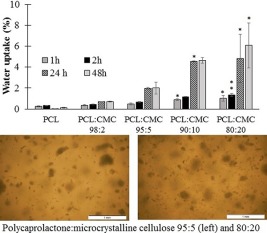
Carboxymethyl cellulose loading can be used as a strategy to increase the hydrophilicity of polycaprolactone matrices. It is possible to tailor the water affinity of the matrix by modifying the content of this additive. Besides, the composites do not show a cytotoxic effect, so they are promising for biomedical applications.
Corrigendum
Corrigendum: Adsorption capability of heavy metals by chitosan/poly(ethylene oxide)/activated carbon electrospun nanofibrous membrane
- First Published: 21 December 2017






